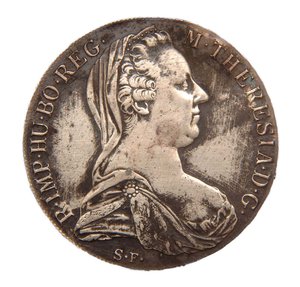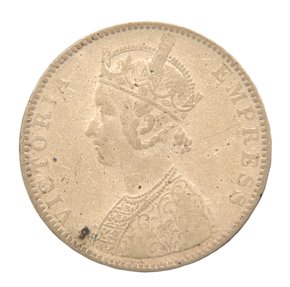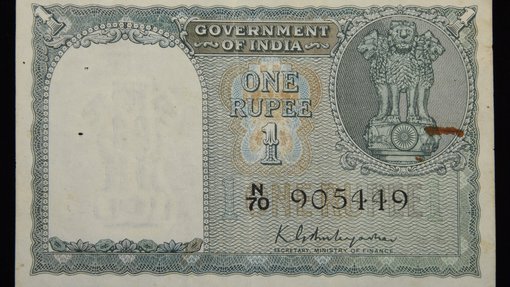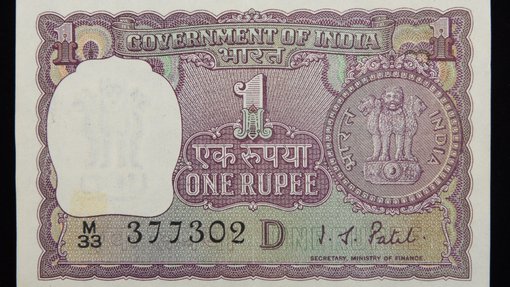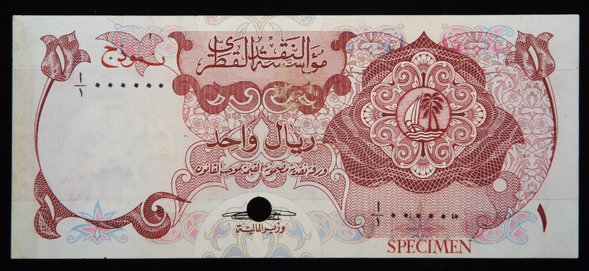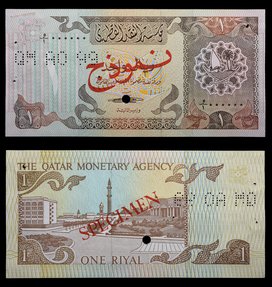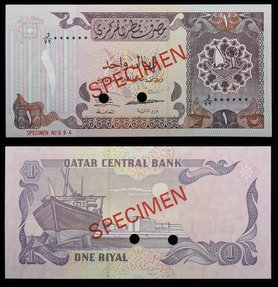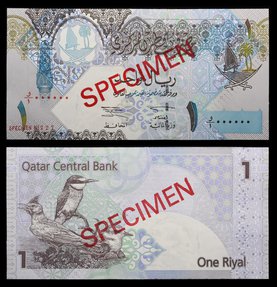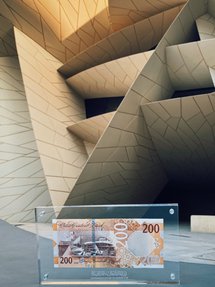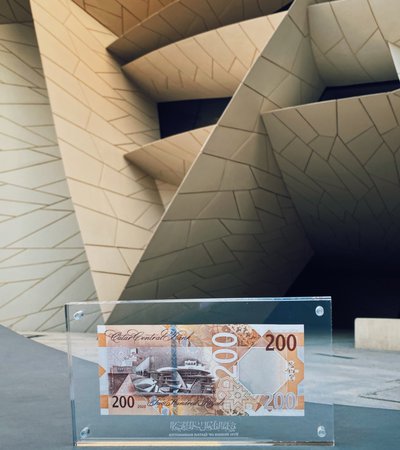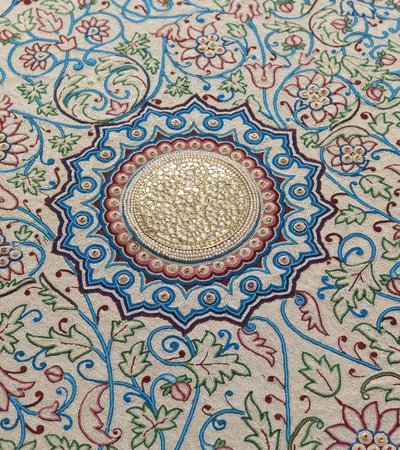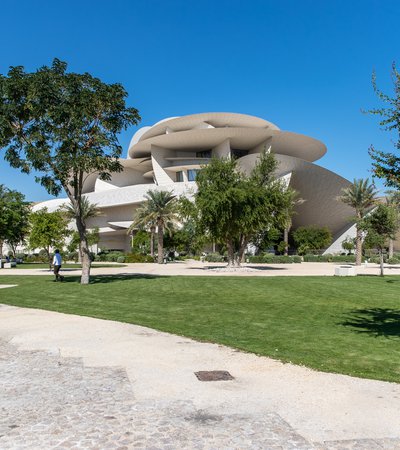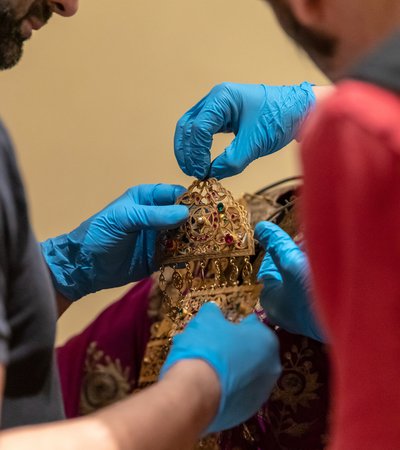Walking the galleries, hallways and exhibition spaces of the National Museum of Qatar, it's hard to miss the immaculate display of rare artefacts in Gallery 9. Loaded with a collection of ancient currency, the gallery tells the tale of the region's commercial activity and trade ties throughout history.
NMoQ's display of historic coins, cash and banknotes is more than just an exhibit on currency; it is a way for visitors to explore the country's relationship with its neighbours and also brilliantly portrays the crucial foundations and economic success that have led to present-day Qatar. The collection marks critical developments in Qatar's history and the transformation of civilisation by giving an in-depth account of the significance of these events at specific moments in time.
Evidence of this can be found through multiple excavations at historical ports and merchant towns in Qatar, where archaeologists have discovered surprising trade ties and key Islamic influence in found currency. An example of this is the distinctively shaped Taweelat Al Hasa from Al Ahsa in modern-day Saudi Arabia, Thalers of Austro-Hungarian Empress Maria Theresa and coins of Ottoman, Persian and Omani dynasties.
